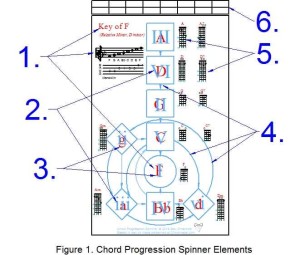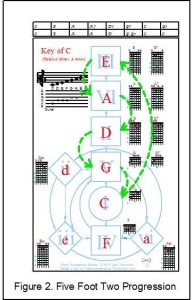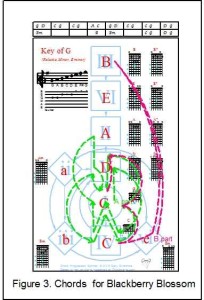“The Grand Adventure” lasted just over three weeks. We saw Buchart Gardens in full bloom, Orca Whale cruising along surrounded by a fleet of “Whale Watching Boats.” At least they kept a safe distance. We saw Porpoises, (Dolfins,) Bald Eagles, and everywhere Great Blue Herons. We got as far north as Lady Smith BC, and ran the gamete at Deception Pass both ways and both at high slack and low slack. High slack was smooth, Low slack was a sled ride through standing waves. The sledding was fun but the high slack offers a more predictable passage.
Upon returning, Judy and I each had a session with an eye doctor. My doctor confirmed that I have not progressed to wet macular, and Judy’s doctor shot her in the eyeball, patted her on the shoulder and said she was good for another 12 weeks. These shots are keeping her vision clear. I hate to think of the alternative.
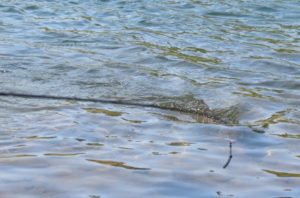
Next on the agenda was a three day camp-out with all our old friends from the Plymouth Presbyterian Church of St. Helens OR. We all met at Milo McIver State Park near Estacada, Oregon. We had lots of food each evening followed by Guitar, Ukulele music. We joined an owl walk one evening and saw some bats, we joined the bat walk the next evening and saw more bats. Actually the morning after the Owl walk a Great Horned Owl parked in the tree over our rig and started hooting away about 4 am. We alll hiked down to the river and watched a man almost catch a steelhead. Everything but landing it. The fish put on a spectacular aerial show.
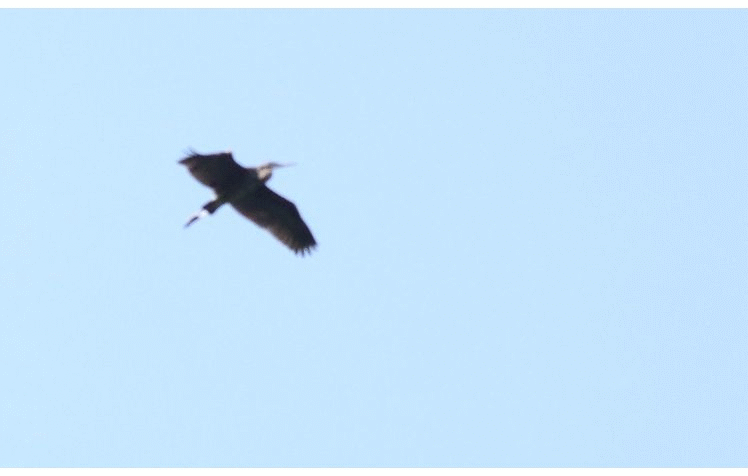
Here is a story:
There was once a young damsel in distress. Her camp wagon had this nifty water heater, but it would not heat water. Neither with gas nor electric. Three gallant knights galloped to her aid. They opened the heater, they tested the wires, they looked in all the nooks and crannies for the magic lever or toggle that would start the hot water flowing. Soundly defeated the knights retired to the courtyard and contemplated a change of career from “Saver of Damsels” to “Court Jester.”
Meanwhile the Damsel’s son returned saying “What’s new?” She told him about the afternoon spent looking for the magic lever or toggle to start the hot water flowing. He said, “ No problem, just flip one of these switches by the door…” {rim shot} the end.
Note: Any similarity between the characters of this tale and real live persons is purely accidental.
Now it is Monday and we are on I-84 headed for Umatilla. (Actually the Corps of Engineer park on the Washington side in the tiny town of Plymouth Washington. We are planning to hang out with my sister, Holly. On our way across I-84 we started hearing something banging on the coach, and affected by the wind. I finally traced it to the front quarter panel just in front of the left front tire. It had broken it’s fiberglass splots that hold it to the frame of the coach and it was flopping in the slipstream breeze. I cobbled up a rope and duct tape hold down for it and we are good to go again. Oh oh, Judy says it looks dowdy and the high uppity RV Resorts will probably reject us. Fortunately the Corps of Engineers Park managers didn’t notice the rope and duct tape side panel and we are now safely parked in a rather beautiful and green park and campground right on the Columbia River.
Link to the on line blog: www.dinsmore-enterprises.com/20180813-life-after-the-grand-adventure
